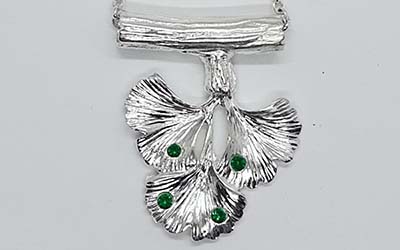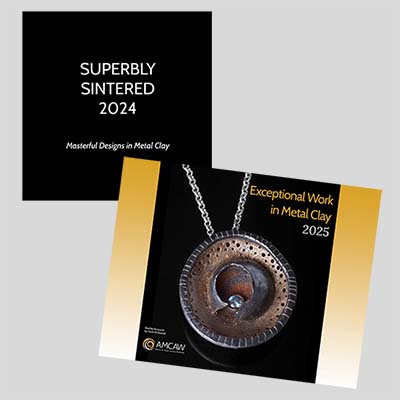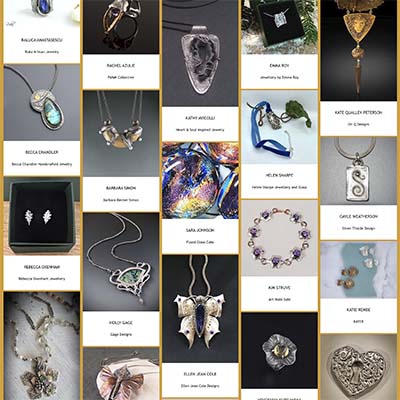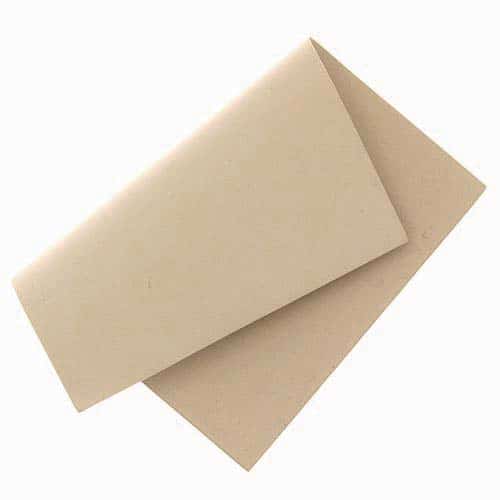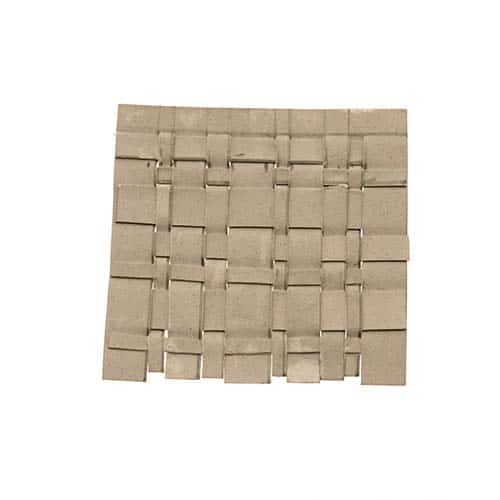Paste or Slip Clay
Slip is a pottery term used to describe very thin, watered down clay. Metal clay artists use the terms paste or slip to describe clay that has had water added to make it into a consistency suitable for their needs. Slip might be mixed to the consistency of nail polish while paste is generally thicker, and more like peanut butter. You can also buy ready-made paste from metal clay suppliers.
Mixing a little water into a pea sized piece of lump clay will transform it into a thick paste which is a great consistency to use when sticking pieces together, completing repairs or embedding commercially made findings. The more water added, the thinner the paste becomes. While thin paste can also be used for repairs and joins, too much water makes it slippery and connections are not as reliable until the paste dries. Thin paste can also create decorative 3D textures when it is spread through a stencil or trailed onto dry clay with a paintbrush or toothpick.
When applied to combustible materials (like leaves, twigs, textiles, etc.) with a brush, thin paste picks up the contours of natural surface detail like veins, bark, or other 3D elements. Dry organic material coated with metal clay can be kiln fired – burning out the organic parts and leaving a natural form in metal.
Tip: Take care not to fire shells, pearls, or bone in the kiln. The fumes may be toxic and unhealthy to breathe.
Paste can also be applied to metal clay pieces in a decorative way, imitating grains of sand, bark textures, leaf veins or cracks, and fine silver paste can be painted onto copper metal clay pieces in order to develop visual contrast. Paste clay can be also be painted onto sheets of metal, ceramic, or glass if the item can withstand kiln firing temperatures.


